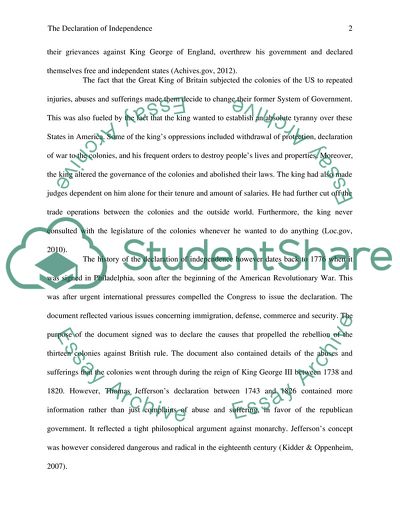Cite this document
(History of Writing of the Declaration of Independence Essay, n.d.)
History of Writing of the Declaration of Independence Essay. https://studentshare.org/history/1779070-history-wrting-of-the-declaration-of-independence
History of Writing of the Declaration of Independence Essay. https://studentshare.org/history/1779070-history-wrting-of-the-declaration-of-independence
(History of Writing of the Declaration of Independence Essay)
History of Writing of the Declaration of Independence Essay. https://studentshare.org/history/1779070-history-wrting-of-the-declaration-of-independence.
History of Writing of the Declaration of Independence Essay. https://studentshare.org/history/1779070-history-wrting-of-the-declaration-of-independence.
“History of Writing of the Declaration of Independence Essay”. https://studentshare.org/history/1779070-history-wrting-of-the-declaration-of-independence.


